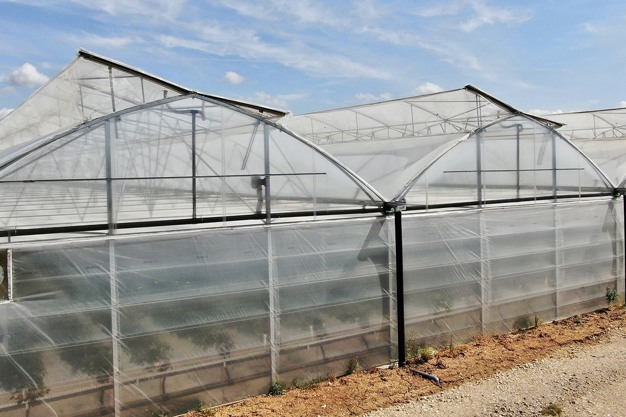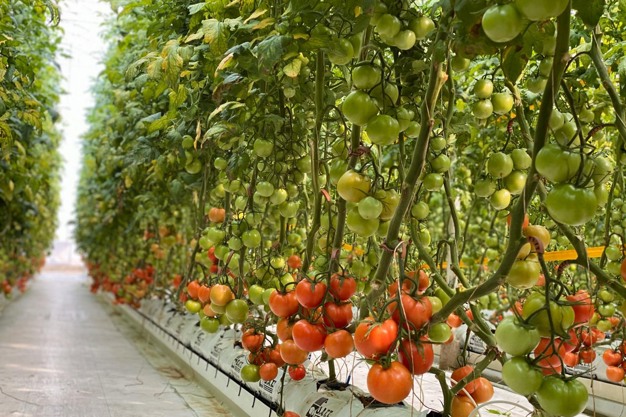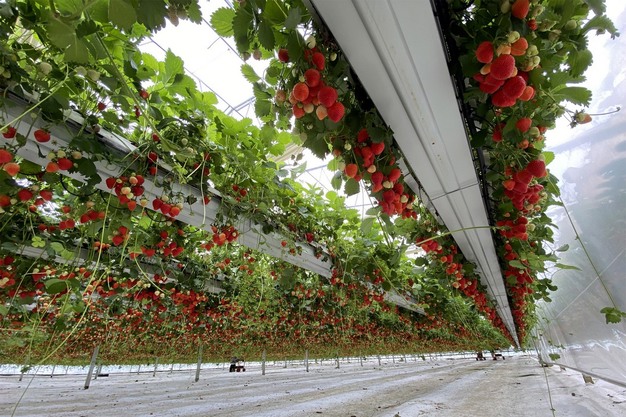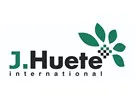Drought has become a major global concern, and Spain and Europe are no exception. The data is alarming. Spain is grappling with a severe water crisis as reservoir levels stand at a mere 40% of their capacity, marking a substantial decline compared to a decade ago. The hydrological year of 2022-2023 accentuates the gravity of the situation, being the driest since 1961, with a staggering 25% less accumulated rainfall than the historical average. Projections for the near future are ominous, with estimations suggesting that the looming drought may impact over 70% of the Spanish territory in the coming months.

Drought is also severely impacting the agricultural sector, which relies on water for food production. Farmers and fruit and vegetable companies are in a critical situation as they face a series of changing challenges largely caused by climate change.
One challenge is that the availability of water for irrigation is considerably reduced, limiting production and jeopardizing crop quality. This means that less food can be produced, and what is produced may be of lower quality, a devastating consequence even for the global population.
Additionally, water is an increasingly expensive resource, which increases production costs and reduces the sector's profitability. The rising water price makes it harder for farmers to make a profit, which can jeopardize their businesses' viability and, consequently, the supply to stores and supermarkets.
In short, drought is having a devastating impact on agriculture, putting food security and the sector's future at risk. Urgent action is needed to address this problem, including finding innovative solutions for water use efficiency, investing in water infrastructure, and raising social awareness about the importance of this vital resource.

Innovation as a key tool
Faced with this scenario, innovation becomes a fundamental tool for finding sustainable solutions.
Greenhouses are a viable alternative for optimizing water use and protecting crops from adverse weather conditions. Sustainable and high-tech greenhouses offer several advantages, such as:
- Climate control: They allow regulating temperature, humidity, and ventilation, creating an ideal microclimate for plant growth.
- Efficient irrigation: They implement technical irrigation systems such as drip irrigation, which allow precise and efficient water use.
- Water reuse: Water collection and reuse systems can be installed for rainwater and irrigation drainage.
- Hydroponics: The use of hydroponics systems to grow crops in greenhouses allows farmers to collect irrigation water and reuse it, increasing the level of savings. In this sense, it is important to use a good substrate tailored to the needs of the farmer, especially a substrate that favors the drainage of excess irrigation and does not accumulate moisture, where the roots grow healthy and strong.
However, not all farmers can afford the initial investment in a greenhouse, even a basic one. That's why there are other more affordable solutions in terms of investment, such as gothic tunnels inspired by greenhouses.
The Berryfesta model
The Berryfesta model is an innovative gothic macro-tunnel system designed by J. Huete Greenhouses that offers a specific solution for water saving in strawberry, blueberry, tomato, and other crop cultivation, in addition to year-round intensive production:
- It has gutters between bays that allow rainwater collection, which can then be reused for irrigation. This strategy allows maximizing a natural resource that is often wasted.
- It also incorporates hydroponic cultivation systems that allow the recirculation and reuse of irrigation water. Instead of discarding the excess irrigation water, it is reused to water the plants again. This way, water consumption is significantly reduced, sometimes by up to 80%
The combination of these two innovative features in a gothic tunnel like the one that forms the Berryfesta model allows highly efficient water use in strawberry, blueberry, tomato, and other crop cultivation.

These innovations are not just theoretical. J. Huete Greenhouses has been implementing equipment for years with the aim of making its customers more sustainable, not only to help conserve the environment but also to promote savings in both energy and water consumption.
Since 1995, the Spanish company has designed and built greenhouses for intensive production in more than forty countries (on five continents), adapted to the needs of each location, climate or crop. In all of them, efficiency in the consumption of water, energy and phytosanitary products, among other values, is highlighted, helping its customers to be more sustainable with the environment and avoiding excessive consumption.
Drought is a challenge for agriculture, but it is also an opportunity for innovation. Sustainable and high-tech greenhouses, as well as gothic tunnel installations like Berryfesta, are viable solutions that allow farmers to optimize water use, increase profitability, and ensure the production of fresh and quality food.
 For more information:
For more information:
Javier Huete
J. Huete International
Polígono Industrial Oeste
Calle Ecuador, Parcela 4/10
30820, Alcantarilla, Murcia, Spain
info@jhuete.com
www.jhuete.com
